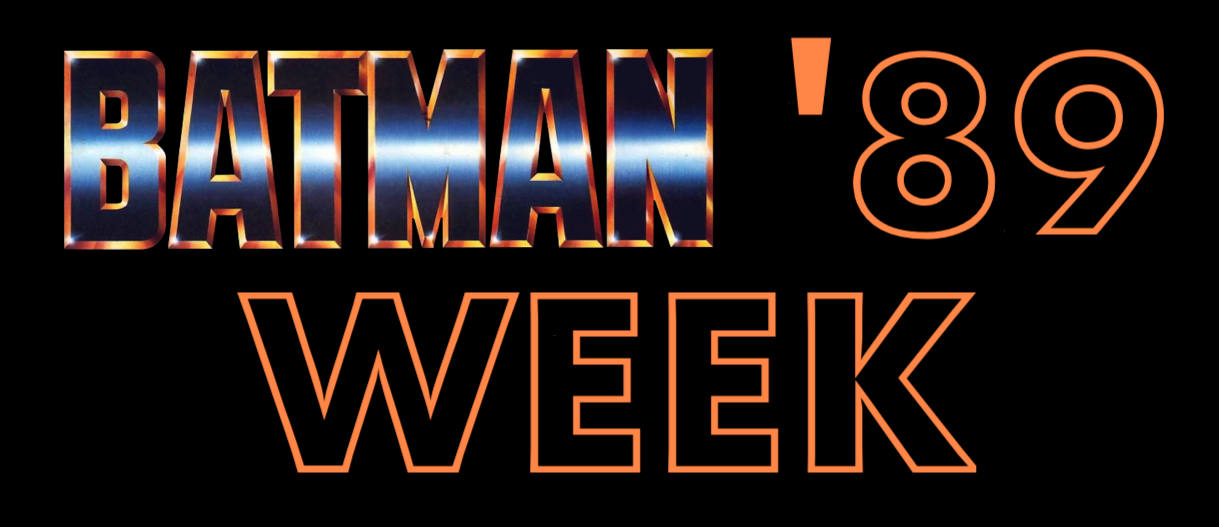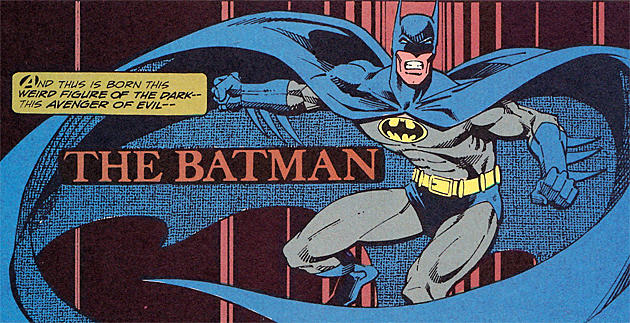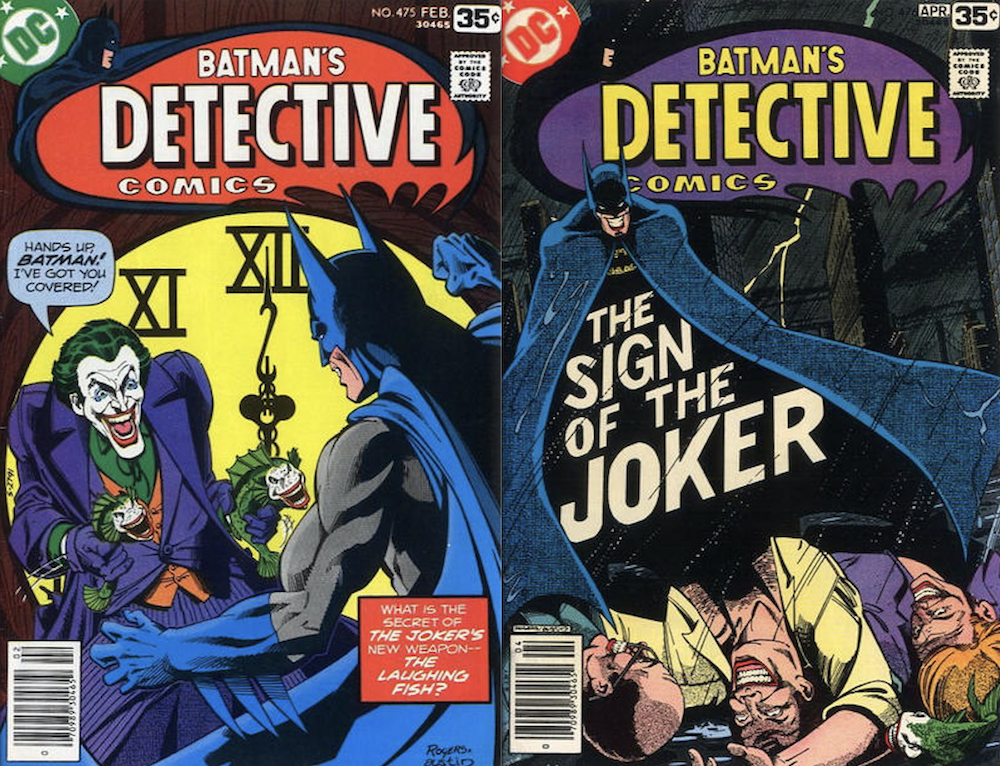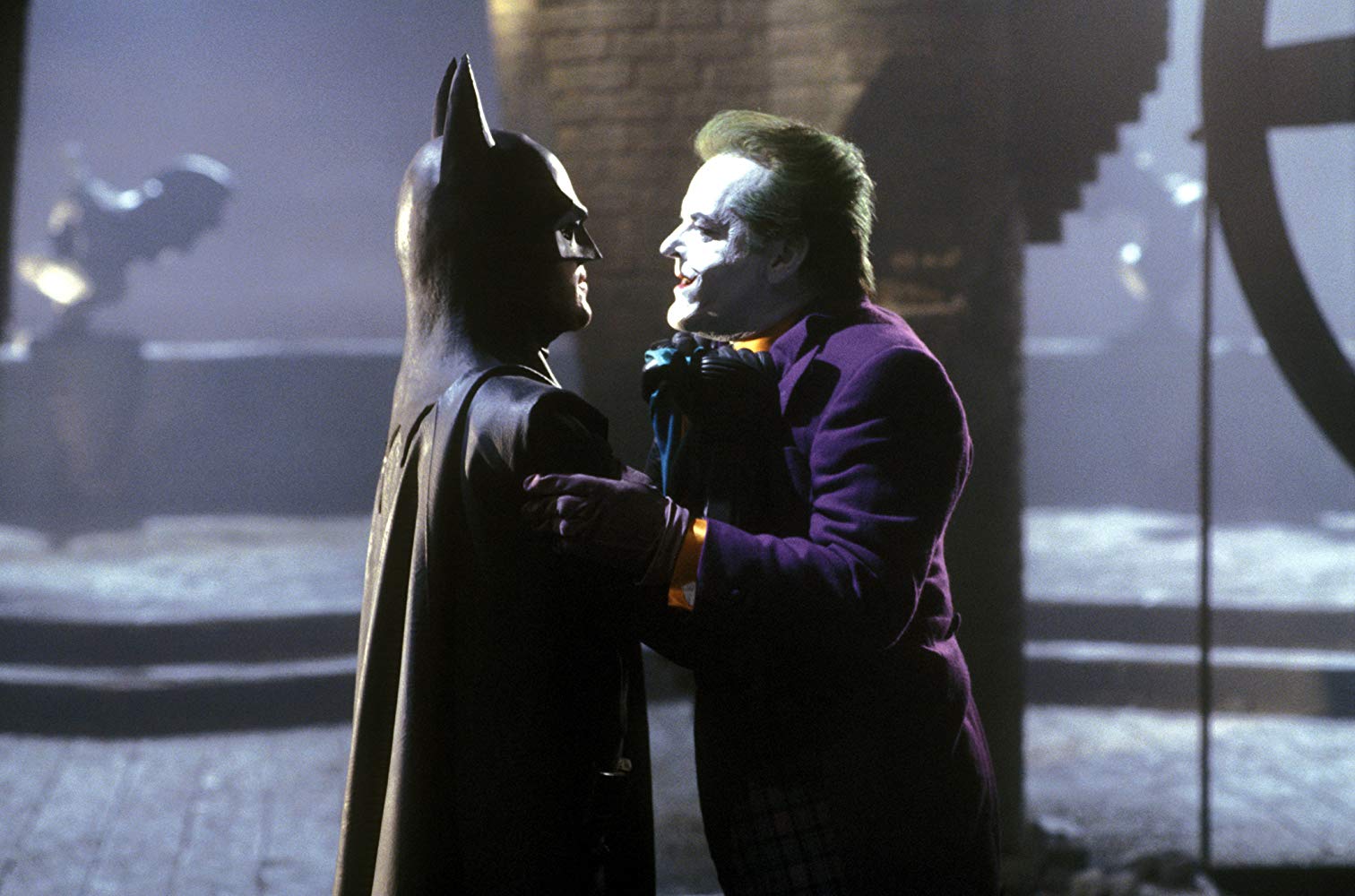MICHAEL KEATON turns 71…

—
UPDATED 9/5/22: Michael Keaton turns 71! Perfect time to re-present this piece by Steve Englehart that first ran during June 2019’s BATMAN ’89 WEEK. Dig it. — Dan
—
It’s BATMAN ’89 WEEK! Tim Burton’s groundbreaking Batman was released June 23, 1989. All this week, we’re publishing a series of retrospectives and celebrations spotlighting various aspects of a movie that was less a film and more a pop-culture phenomenon. Click here for the complete index of features.
—
Well, we’re at the finale of BATMAN ’89 WEEK, and we couldn’t end it in a more fitting fashion.
See, writer Steve Englehart just so happens to be the guy who wrote the Batman story – with art, of course, by Marshall Rogers, Terry Austin and others — that I personally voted tops in our recent 80th Anniversary TOP 13 BATMAN COUNTDOWN. (Click here for much more on that.)
And, as Englehart has written, that ’70s Detective Comics run helped form the foundation of what ultimately became Tim Burton’s landmark blockbuster.

Englehart’s grievances about how it all played out are well documented. But now he’s here to set down his sharpened batarangs and pay tribute to a movie that altered the superhero — and pop-culture — landscape. — Dan
—
By STEVE ENGLEHART
My troubles with DC/Warners were covered here at 13th Dimension in April, but I’m not here today to bury DCaesar. I’m here to praise the film that made it out in spite of all that.
When I set out to change the way adults saw superheroes, I had five intentions:
(1) Make the Batman an adult, not a child’s image of an adult; (2) make Bruce Wayne a character, not just an alter ego; (3) give him a sex life with a woman strong enough to be his partner; (4) set the whole thing in a deeply pulp atmosphere; and (5) make the Joker actually crazy.

These are the basics now, but back then they’d never been thought of. When the movie, in the process of being made, lost track of those intentions, I was brought on to restore them. And so, the movie ended up very close to what I’d set out for.
Scott Mendelson in Forbes magazine makes a fairly compelling case that Batman, rather than Star Wars, was the template for the blockbuster films that took over Hollywood. I’m not sure if I can go that far, but it is true that superheroes for adults have shown far more staying power than Star Wars has. Certainly, Batman is the template for superhero blockbusters.
(And I do have to note that it’s Marvel, not DC, that has run with that.)
But just as the comic needed Marshall Rogers and Terry Austin to visualize the five concepts, the film needed Michael Keaton, Jack Nicholson and Kim Basinger to put them on screen.

Nicholson is a legitimate legend, and Basinger was far better than she’s remembered as being, but I really want to applaud Michael Keaton.
The story I heard at the time was, no “major” actor wanted to do a movie with a mask over his face, so director Tim Burton turned to his Beetlejuice star by default. However, it went down, Keaton really was the “definitive Batman” I’d written.
His characteristic dark internal tension was perfectly centered and perfectly under control, but the audience could always feel it. For my money, Christian Bale looked like Batman on the outside but Keaton looked like Batman on the inside, which is where Batman lives.

Anyway, with so many of my characters on screen now and in the future, it’s very cool to go back to where the idea it could all work got started.
But I’ve got to say, I’d have thought I was as nuts as the Joker if someone had told me what it would lead to in just 30 short years — so here’s to the next 30!
—
MORE
— The Complete BATMAN ’89 WEEK Index. Click here.
— An INSIDE LOOK at ENGLEHART AND ROGERS’ Unfinished BATMAN Trilogy. Click here.
— The TOP 13 BATMAN Countdown: ENGLEHART & ROGERS. Click here.

June 29, 2019
Englehart’s Joker is my favorite interpretation of the character. He’s genuinely crazy, but funny. He’s not a psycho mass murderer in clown makeup – he wants to be a legitimate businessman and patent his “Joker Fish” and can’t understand why the bureaucracy is thwarting him.
June 29, 2019
I’ve enjoyed reading this post by Mr. Englehart.
July 2, 2019
Great points from a man who OBVIOUSLY knows these characters VERY well. Thank you Mr. Englehart, and Dan for the venue.
Chris
September 6, 2022
It’s a shame Burton, or anyone in Hollywood, wouldn’t just film a screenplay by Englehart. They have to tweak, they have to Hollywood-size it. The Joker-Batman connection revealed at the end is far to coincidental and makes the story contrived. Design wise I hate the rubber suit costumes and the lack of mobility, especially with his head, would make it impossible to survive a single night out in this getup. Still, at least in this one you can understand what Batman is saying without subtitles, so points for that.